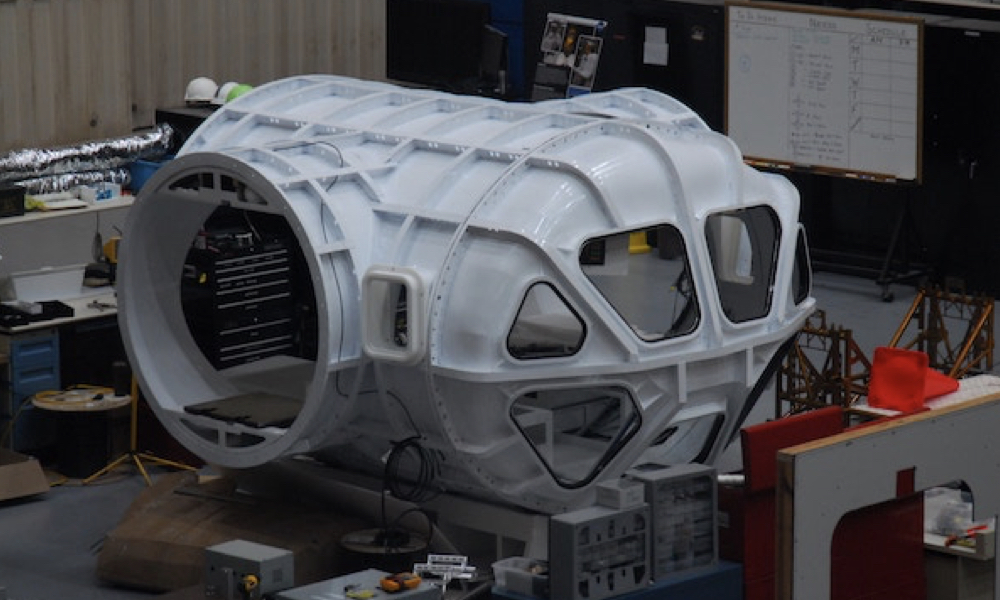
ESA Open Invitation To Tender AO8469
Open Date: 20/10/2015
Closing Date: 01/12/2015
Status: ISSUED
Reference Nr.: 15.1ET.18
Prog. Ref.: TRP
Budget Ref.: E/0901-01 – TRP
Special Prov.: BE+DK+FR+DE+IT+NL+ES+SE+CH+GB+IE+AT+NO+FI+PT+GR+LU+CZ+RO+PL
Tender Type: C
Price Range: 200-500 KEURO
Establishment: ESTEC
Directorate: Directorate of Technical & Quality Manag
Department: Electrical Engineering Department
Division: RF Payload Systems Division
Contract Officer: Erkelens-Sickinger, Franziska
Last Update Date: 20/10/2015
Update Reason: Tender issue
Next generation advanced SAR digital beam forming (DBF) instruments will use multiple channels to achieve enhanced performance. Several TRP studies have confirmed significant performance improvements in terms of coverage at high resolution. Dedicated studies for C-band SAR have concluded that 400km swath width at 5mx5m resolution is feasible. Compared to classical designs as e.g. Sentinel 1 this means an improvement factor of 5 in terms in swath width at this resolution. However, two important partially interrelated aspects have to be observed for this kind of advanced systems: Calibration and Data Reducion. Multichannel naturally create a higher datarate than single channels but due to operational constraints the data rate is not optimised expressing itself by redundancy in the channels which results in an overhead up to 60%. The inter-channel redundancy could be removed without affecting the information content and illustrates the need of a revision of classical reduction methods as Block Adaptive Quantisation (BAQ). However a certain level of redundancy would simplify channel to channel calibration and a trade-off is needed. For multichannel systems antenna tile totile phase and delay deviations need to be known for image forming. Limited redundancy in the data can be exploited for this purpose. While in flight direction multiple phase centre beam forming processing is used to enhance the azimuth resolution, in elevation DBF is utilised to recover signal energy in order to improve the SNR for a given transmit power. The digital implementation and the beam forming in fast and slow time require new on-board and on-ground instrument calibration methods. End-to end-system calibration with on-ground transponders needs to be studied under the condition of dynamic beam forming. The study shall cover the aspects of instrument calibration and data reduction possibilities taking into account of two dimensional Digital Beam Forming.
If you wish to access the documents related to the Invitation to Tender, you have to log in to the ESA Portal.
